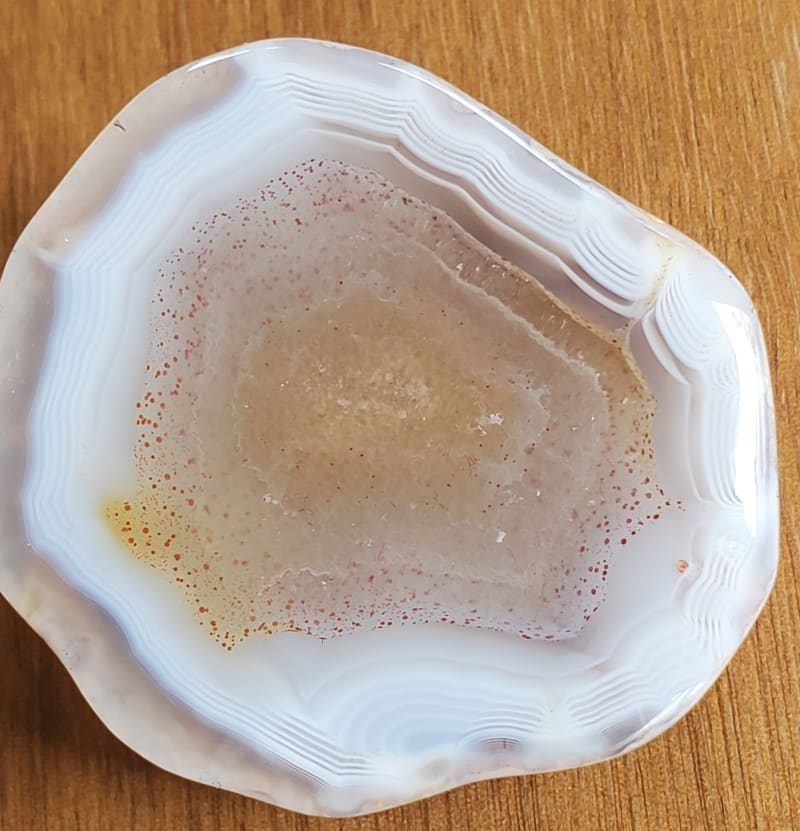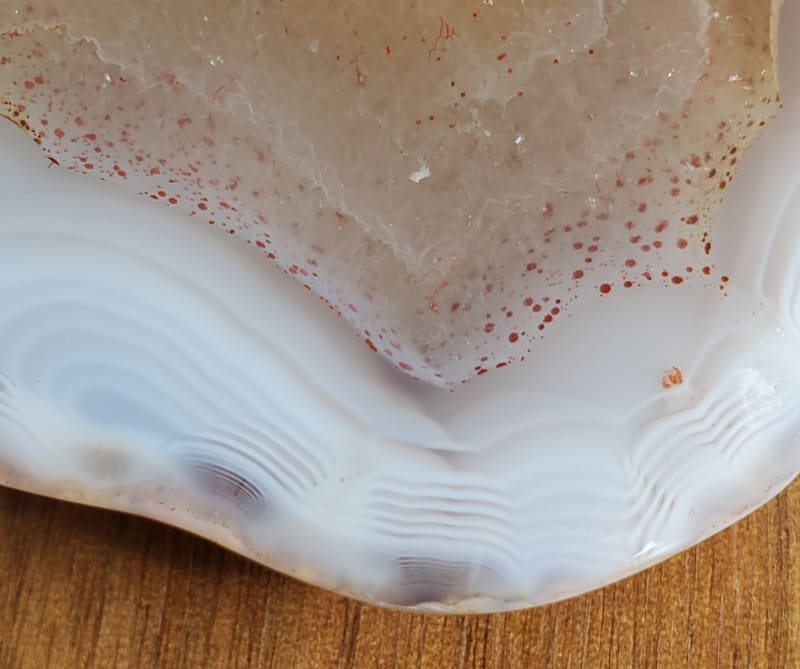Post by 1dave on Mar 6, 2020 11:51:37 GMT -5
butane.chem.uiuc.edu/pshapley/Environmental/L27/1.html

Silicate minerals are salt-like crystalline materials with metal cations and various types of silicate anions. Each silicon atom in a silicate is tetrahedrally coordinated by oxygen atoms.
Orthosilicates
The basic unit of a silicate is the [SiO4]4- oxyanion. Minerals with isolated silicate anions are called orthosilicates.
Examples include olivine (Mg, Fe)2SiO4, phenacite Be2SiO4, zircon ZrSiO4, and garnets M3M'2(SiO4)3 where M= Al3+, Cr3+, or Fe3+ and M'= Ca2+, Mg2+, or Fe2+.
Here is a diagram of olivine showing the silicate anions along with the iron and magnesium cations.
There is more covalent character to the M-O-Si bonds than the M+---O-C bonds in carbonate minerals.
It is also possible to think of silicates as being close packed arrays of oxide anions with Si4+ in tetrahedral holes and other metal ions in either tetrahedral or octahedral holes.
Pyrosilicates and Metasilicates
If two silicate tetrahedra share one vertex (Si2O76-), the anion is called a pyrosilicate.
Pyrosilicate minerals include thorveitite Sc2SiO7, and barysilite MnPb8(SiO7)3.
Metasilicates contain cyclic [SiO3]n2n- anions.
Beryl Be3Al2Si6O18 is a metasilicate.
Pyroxenes: Single Chains
Each silicate tetrahedra in pyroxenes share a vertex with two other tetrahedra forming single chains of silicate [SiO3]n2n-.
Examples include enstatite MgSiO3, and diopside CaMg(SiO3)2.
The picture at left shows the silicate tetrahedra (blue) and the oxygen atoms (red).
Amphiboles: Double Chains
When two single chains are connected side-to-side through shared vertices, the double chain structure is called an amphibole.
Amphiboles and pyroxenes are structurally similar.
The picture on the right shows two, connected, zig-zag chains going into the distance. Below the top double chain is a layer of octahedrally coordinated cations. Below the cations is another double chain.
Two examples of amphiboles are blue asbestos Na 2Fe5(OH)2(Si4O11)2, and gray-brown asbestos (Mg, Fe)7(OH)2(Si4O11)2.
Phyllosilicates: Sheet Silicates
When three oxygen vertices are shared among silicates, a sheet structure is formed.
The fourth oxygen is coordinated to a metal cation.
Talc, Mg3(OH)2[Si4O10], is a typical phyllosilicate. It has a slippery feel because the layers can slide over one another.
Chrysotile or white asbestos, Mg3(OH)4[Si4O10], is a commonly used insulator. This material always curves in one direction creating tubular fibers.
Silicon Dioxide
When all four oxygen of a silicate are shared with other silicon atoms, the three-dimensional structure of SiO2 forms.
Beach sand and quartz crystals are both examples of silicon dioxide.

Silicate Structure
The basic building block of all silicate minerals is the [SiO4]4− tetrahedron.


Silicate minerals are salt-like crystalline materials with metal cations and various types of silicate anions. Each silicon atom in a silicate is tetrahedrally coordinated by oxygen atoms.
Orthosilicates
The basic unit of a silicate is the [SiO4]4- oxyanion. Minerals with isolated silicate anions are called orthosilicates.
Examples include olivine (Mg, Fe)2SiO4, phenacite Be2SiO4, zircon ZrSiO4, and garnets M3M'2(SiO4)3 where M= Al3+, Cr3+, or Fe3+ and M'= Ca2+, Mg2+, or Fe2+.
Here is a diagram of olivine showing the silicate anions along with the iron and magnesium cations.
There is more covalent character to the M-O-Si bonds than the M+---O-C bonds in carbonate minerals.
It is also possible to think of silicates as being close packed arrays of oxide anions with Si4+ in tetrahedral holes and other metal ions in either tetrahedral or octahedral holes.
Pyrosilicates and Metasilicates
If two silicate tetrahedra share one vertex (Si2O76-), the anion is called a pyrosilicate.
Pyrosilicate minerals include thorveitite Sc2SiO7, and barysilite MnPb8(SiO7)3.
Metasilicates contain cyclic [SiO3]n2n- anions.
Beryl Be3Al2Si6O18 is a metasilicate.
Pyroxenes: Single Chains
Each silicate tetrahedra in pyroxenes share a vertex with two other tetrahedra forming single chains of silicate [SiO3]n2n-.
Examples include enstatite MgSiO3, and diopside CaMg(SiO3)2.
The picture at left shows the silicate tetrahedra (blue) and the oxygen atoms (red).
Amphiboles: Double Chains
When two single chains are connected side-to-side through shared vertices, the double chain structure is called an amphibole.
Amphiboles and pyroxenes are structurally similar.
The picture on the right shows two, connected, zig-zag chains going into the distance. Below the top double chain is a layer of octahedrally coordinated cations. Below the cations is another double chain.
Two examples of amphiboles are blue asbestos Na 2Fe5(OH)2(Si4O11)2, and gray-brown asbestos (Mg, Fe)7(OH)2(Si4O11)2.
Phyllosilicates: Sheet Silicates
When three oxygen vertices are shared among silicates, a sheet structure is formed.
The fourth oxygen is coordinated to a metal cation.
Talc, Mg3(OH)2[Si4O10], is a typical phyllosilicate. It has a slippery feel because the layers can slide over one another.
Chrysotile or white asbestos, Mg3(OH)4[Si4O10], is a commonly used insulator. This material always curves in one direction creating tubular fibers.
Silicon Dioxide
When all four oxygen of a silicate are shared with other silicon atoms, the three-dimensional structure of SiO2 forms.
Beach sand and quartz crystals are both examples of silicon dioxide.

























